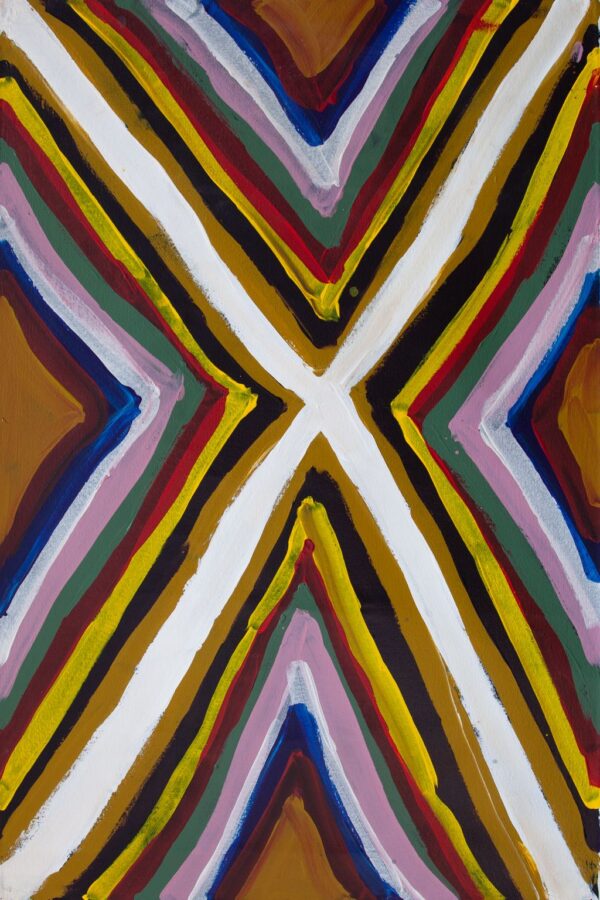$3,465.00 Original price was: $3,465.00.$2,079.00Current price is: $2,079.00.
1 in stock
Yikartu Bumba
76 x 152 cm: acrylic on canvas
Year: 2022
22-1599
Tayiku
“Tayiku [is a] yinta (permanent spring), big one. In the desert, long way, kakarra (east). I been walking round there when I was a big girl, after I been married. My daughter, Barley Bumba, he [she] been born there. Jila (snake) he been go in that hole, long time [ago], Dreamtime. He still there in that waterhole.”
– Yikartu Bumba
Tayiku is a spring located northwest of the Percival Lakes area, and at the northernmost boundary of Martu Country. This site lies within Yikartu’s ngurra (home Country, camp), the area which she knew intimately and travelled extensively with her family in her youth. The site holds special significant to Yikartu as the birthplace of her daughter.
As Yikartu here recounts, Tayiku is also home to an ancestral jila. The Western Desert term jila is used interchangeably to describe springs considered to be ‘living’ waters and snakes, both of which play a central role in Martu culture and Jukurrpa (Dreaming). During the pujiman (traditional, desert dwelling) period, knowledge of water sources was critical for survival, and today Martu Country is still defined in terms of the location of water sources. Of the many permanent springs in Martu Country, very few are ‘living waters’; waters inhabited by jila. Before they became snakes, these beings were men who made rain, formed the land and introduced cultural practices like ceremonies and ritual songs. Some of the men travelled the desert together, visiting one another, but they all ended their journeys at their chosen spring alone, transformed into a snake. These important springs are named after their jila inhabitant, guarding their waters.




Sign up to Martumili Artists’ mailing list to receive artist news, special offers, and shop updates.




Martumili Artists warns visitors that our website includes images and artworks of Artists who have passed away which may cause distress to some Indigenous people.
Martumili Artists acknowledges the Nyiyaparli and Martu people as the Traditional Owners of the land we live and work on. We also acknowledge the Traditional Owners throughout our country and our Elders; past, present and emerging.